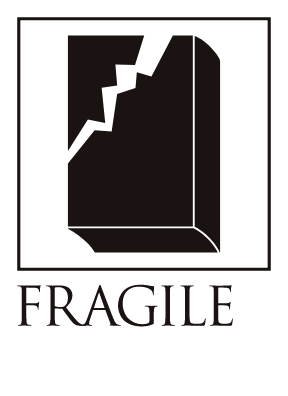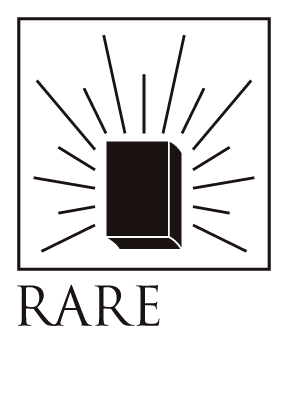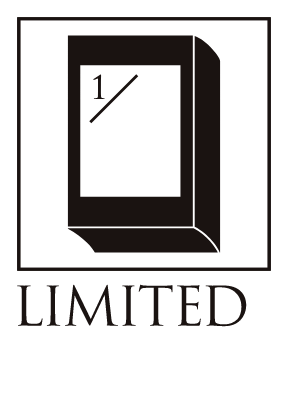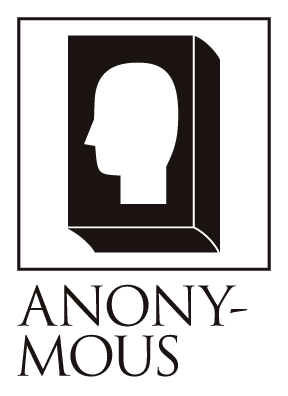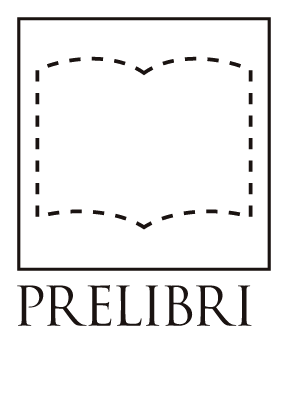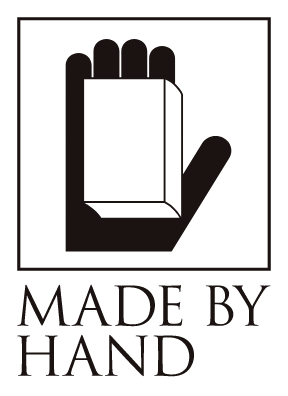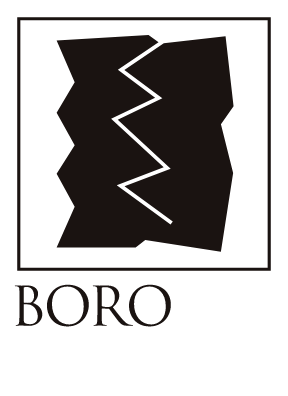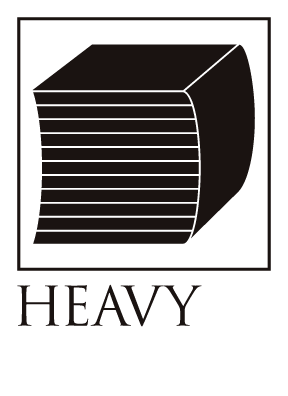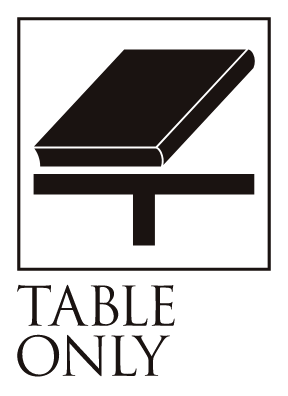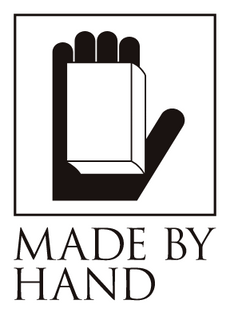Art Sea/Bijutsukai
Bibliographic Details
- Title
- 美術海 / Bijutsukai
- Artist
- 詳細不明 / Anonymous
- Publisher
- 山田芸艸堂 / Unsodo
- Year
- 明治29年〜35年 / 1896 - 1902
- Size
- 16
- Pages
- 合本5冊(36〜59巻・全24冊)/ Set of 5 books
- Language
- 日本語 / Japanese
- Binding
- 和綴じ / Japanese Binding
- Printing
- 木版多色摺り / Woodblock Printing with Multi-Color
- Materials
- 和紙 / Japanese paper
- Condition
- Good (合本3と合本4のみ表紙と目次入 / 全冊奥付は巻末のみ / 合本1-2綴じ糸切れ / 合本1奥付・裏表紙イタミあり)
36~55号が4冊に、56~59号を1冊に。各巻多色木版刷20図・全480図を所収。Bijutsukai No. 36-55 in 4 volumes and 56-59 in 1 volume. Total 480 illustrations woodblock-printed illustrations in multiple colors.
The time is the night before 1900.
Neither Art Nouveau nor Deco
The stirrings of Japanese design.
Today, book hunter Sato Masago sent me a book of craft designs from the Meiji period called "Bijutsu Kai."
This beautiful multicolored woodblock print is a set of five monthly magazines published by Yamada Geisoudo. The original editions were published around 1916-1918, but as the original editions do not include a table of contents or other text, it is assumed that the purchaser or a related party compiled these five volumes into a private edition.
This is a collection of designs by unknown artists, including "designers" and "designers," who were beginning to stand out in the 1900s. During the Meiji period, it was unknown craftsmen who were actually engaged in design at the manufacturing site. As the commercial area expanded with the construction of railways and the tastes of citizens diversified, it was these people who were forced to use their ingenuity to create designs suitable for the new era, from kimonos, ceramics, and lacquerware to folding fans and insect cages. The magazine "Bijutsu Kai," which was delivered to them every month, became a free source of designs by talented designers, and came to adorn Japanese craft products.
The designs that appear in "Art Sea" are all so beautifully blended with Japanese and Western styles that it is hard to believe they were all designed around 1900. Perhaps because of this, they are all masterpieces that achieve sophisticated shapes and colors not found in classical patterns.
It is no exaggeration to say that the fascination with this book is entirely down to Unsodo. Yamada Unsodo was founded in 1891 as an art publisher, and is still the only publisher in Japan currently publishing hand-printed woodblock prints in 2022. To this day, the company has always nurtured printmakers and preserved and passed on the techniques of multicolor woodblock printing. In recent years, the company has continued to be active, including reprinting Hokusai Manga and reprinting the Meiji-era Kakei Zuan.
The company was named Geisodo by Tomioka Tessai, who was hailed as "the last man of letters." From the Meiji to Taisho periods, Geisodo was surrounded by a stellar array of talent, including Hasegawa Keika, known for his "Kikka Hyakukiku," a bold composition of chrysanthemums; Kamisaka Sekka, a representative Meiji designer who is now known worldwide; Furuya Korin, who studied under Sekka and was entrusted with "Shin Bijutsu Kai," a monthly design magazine that followed "Bijutsu Kai"; Tsuda Seifu, known for his bindings for Natsume Soseki's books and who has been attracting attention in recent years as a "designer"; and Ogino Issui, who excelled in designs that led to the modernism of the Taisho period. While it can be difficult to recognize the company due to the absence of core artists, in reality it was a company that was influenced by artists such as William Morris' Arts and Crafts movement.A design movement aimed at innovating craft designIt can also be seen as this.
Geisodo is located in the temple town of Nijo, Kyoto. It is in the center of the city, close to Kyoto City Hall and Kyoto Imperial Palace, and is closely connected to the kimono industry, with tea ceremony, flower arrangement, Noh and geisha quarters all inseparably linked to it.The era of "Art Ocean"At the time, Kyoto was a fashionable city at the forefront of culture and fashion. It is perhaps only fitting that, more than a century later, in 2001, the work of Kamisaka Sekka, one of the designers most closely associated with Geisodo, graced the cover and first 12 pages of issue 38 of Hermes' newsletter, Le Monde Hermes. Today, there are many collectors of Geisodo publications overseas, not just in Japan. Bijutsu Kai, which originated in Kyoto and once nurtured a unique aesthetic sense, tickles the hearts of design lovers around the world.
In fact, this "Art Ocean"In introducing this,I researched it, but there were so few related materials that I was at a loss. So I called Geisoudo and learned a lot about this mysterious publication.I'd like to share a valuable story with you.
First, let's talk about the magazine's publishing style.Art and craftsAlthough they have consistently produced beautifully printed books and distributed them to readers and fellow professionals across the country,For volumes 1 to 35, designs were commissioned from master painters and designers and judged by the publisher, Yamada Naosaburo, but from volume 36 onwards, the designs were switched to "prize design contests". Although the details of this change in editorial policy are not known, it is an interesting fact that at the end of the 19th century, when the profession of designer had not yet been established, the magazine switched to a monthly magazine that announced the winners of a "prize design contest" for each month's "theme". When selecting and evaluating designs,In addition to the publisher, Yamada Naosaburou, it is said that the actual editing of "Bijutsu Kai" was done by Kamisaka Yukika, and the editing of "Shin Bijutsu Kai" was done by Furuya Korin at Yukika's request.
The historical background behind the success of this "prize design" scheme was that there was a growing desire to export Japanese crafts overseas.The government took the lead. It was a national project in a sense.One of the places that played a role as a nursery for gathering talent to create new designs wasThere was a design society called the "Yuzen Design Society" that was founded in Kyoto in the mid-Meiji period.Young talents who are the future leaders of various crafts from all over Kyoto gathered here, and they competed day and night with each other.Selected works featured in "Bijutsuumi"The designs range from those influenced by contemporary Art Nouveau and Art Deco to bold adaptations of classical Japanese designs and old paintings from the mid-Meiji period.youngThere is a lot of excitement.
Finally, although this is no longer the case,"Art Sea"was a free source of design. Since it was basically a "book to use," many of the books circulating in the used book market are out of print, but at that time, people were allowed to use any design they liked freely. Creators and designers have always been looking for sources of imagery. Before the advent of the Internet, magazines and books were a great source of inspiration, but what about these days? It seems that the magnetic field has disappeared, and the easy way has shifted to SNS. In that sense, what "Bijutsu Kai" did was a pioneer of the magazine era, and it could be said to be Instagram of the Meiji era. Everyone was looking forward to new designs that they had never seen before.
If you would like to use the design now, please contact Uisoudo. →Geisodo HP
Text by Ema Otobe
[Reference Links]
Smithsonian Museum Database
Bijutsukai - Smithsonian Libraries
Warakuweb
We visited the incredible woodblock printing storehouse of Kyoto publishing company Unsodo!
